Art caption: Internet screenshot of ‘New Martyrs’ Icon courtesy of Coptic Orthodox Diocese of Los Angeles
Compiled by Christine Darg via Cairo (AsiaNews) and other sources
Three years after the beheading of the 21 Egyptian Christian Copts by ISIS, a “Cathedral for the Martyrs of the Faith” has been consecrated in Upper Egypt.
The DNA-tested remains of the victims, found in a Libyan cave, will be on display on the ground floor of the building.
It was February 15, 2015, on the shores of the Libyan city of Sirte, members of the so-called Islamic State (Daesh/ISIS) beheaded 21 Christian men in cold blood, filming and publishing their crime in a video under the title, “Message signed with blood, destined for the nation of the Cross.”
The terrorists didn’t bother to cover up or to remove the audio from the video of the martyrs as they were dying: “Ya Yesua irhamni” – Jesus, have mercy on me!”
Egypt responded with aerial bombardments of jihadists’ sites believed responsible for the massacre.
The day after the video was broadcast, Egyptian President Abdel-Fattah Al-Sissi visited Cairo’s Cathedral of Saint Mark, home of the Orthodox Coptic patriarchy, to present his condolences to Tawadros II, pope of the Orthodox Copts.
A few days after the massacre, Tawadros II enrolled the 21 martyrs in the Synaxarium, the sacred historical book of the martyrs of the Coptic Orthodox Church.
The cathedral was consecrated on February 14 in the small village of Al Ur, the birthplace of the majority of the dead, near the town of Samalut in Upper Egypt, about 245 km south of Cairo. It was built by a group of engineers of the Egyptian Armed Forces and paid for by the government, on an area of 4,000 square meters, at a cost of about 10 million Egyptian pounds. On the ground floor, the remains of the martyrs will be entombed in glass and wrapped in velvet fabrics, according to Coptic tradition. There will also be a library, a reception room and other areas for social services. The upper floor is the sanctuary.
Theodore Ratisbonne, the Jewish priest and missionary who founded the Congregation of Our Lady of Sion, after arriving in 1880 in Egypt, wrote concerning the country which sheltered the Holy Family, “I do not think that any other country has produced so many saints.” (Theodore Ratisbonne, Foundations and Last Years 1854- 1884, p.104)
If you look closely at the icon above, one face looks different and darker, according to the following testimony: “Someone in Berba … saw on TV the black African man, it seems from Chad, who was abducted and held with the Egyptians. He was so [moved] by their praying and singing hymns together that he wanted to be ‘one’ of them, and indeed was beheaded with them. I don’t know if this is a midrash, but whatever the case, he is now counted as one of 21 martyrs, having received the baptism of blood.”
Let us continue to pray for our brothers and sisters in the land of Egypt, which is destined for a great revival. Remember that the early church father from North Africa Tertullian wrote that the blood of the martyrs is the seed of the church.
In that day there will be a highway from Egypt to Assyria. The Assyrians will go to Egypt and the Egyptians to Assyria. The Egyptians and Assyrians will worship together. 24In that day Israel will be the third, along with Egypt and Assyria, a blessingb on the earth. 25The Lord Almighty will bless them, saying, “Blessed be Egypt my people, Assyria my handiwork, and Israel my inheritance.” (Isaiah 19: 23-25)

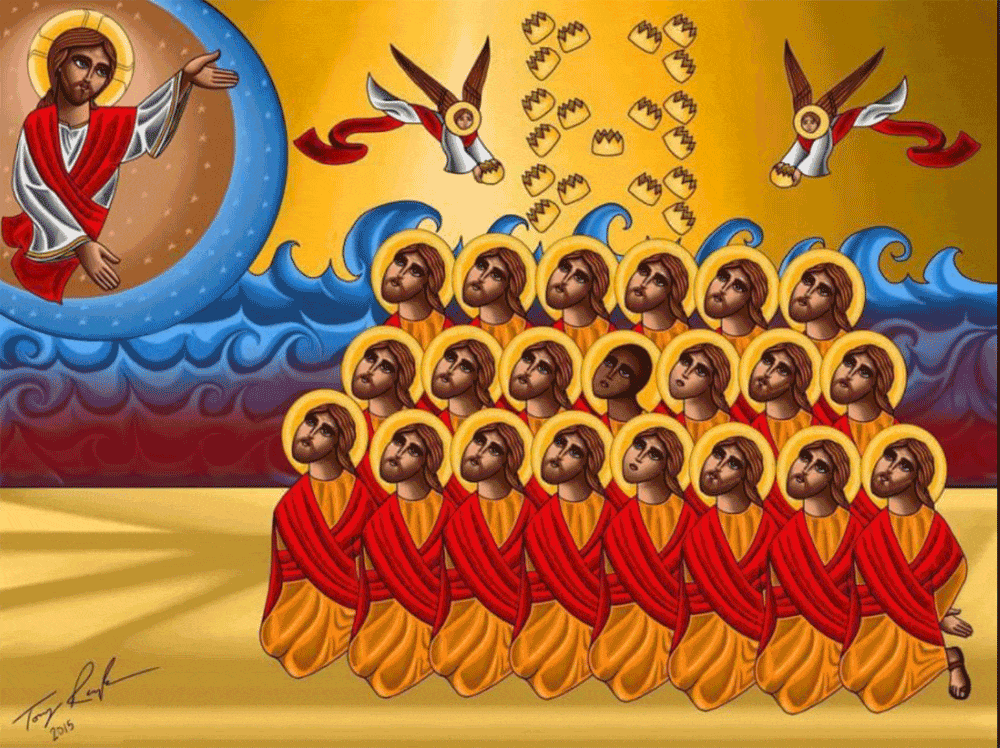
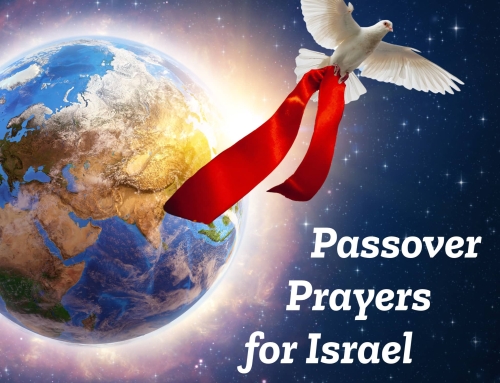
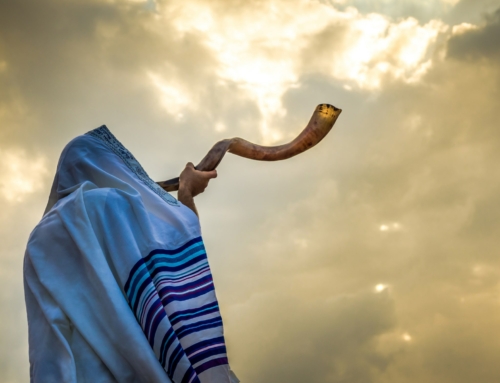

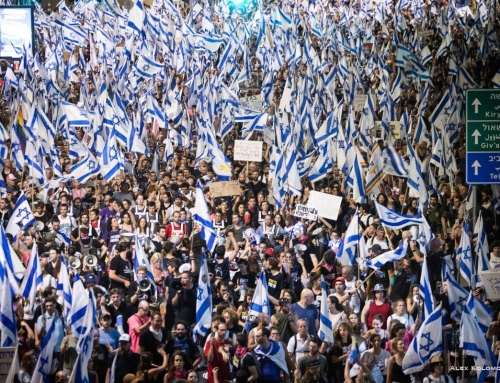
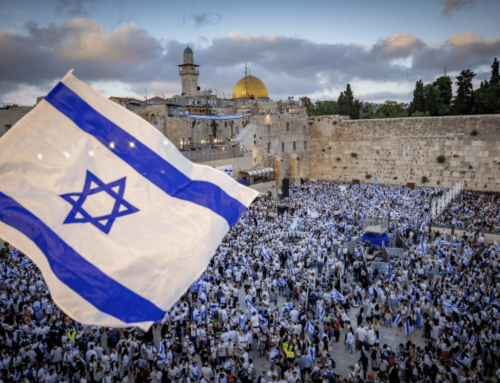
Leave A Comment